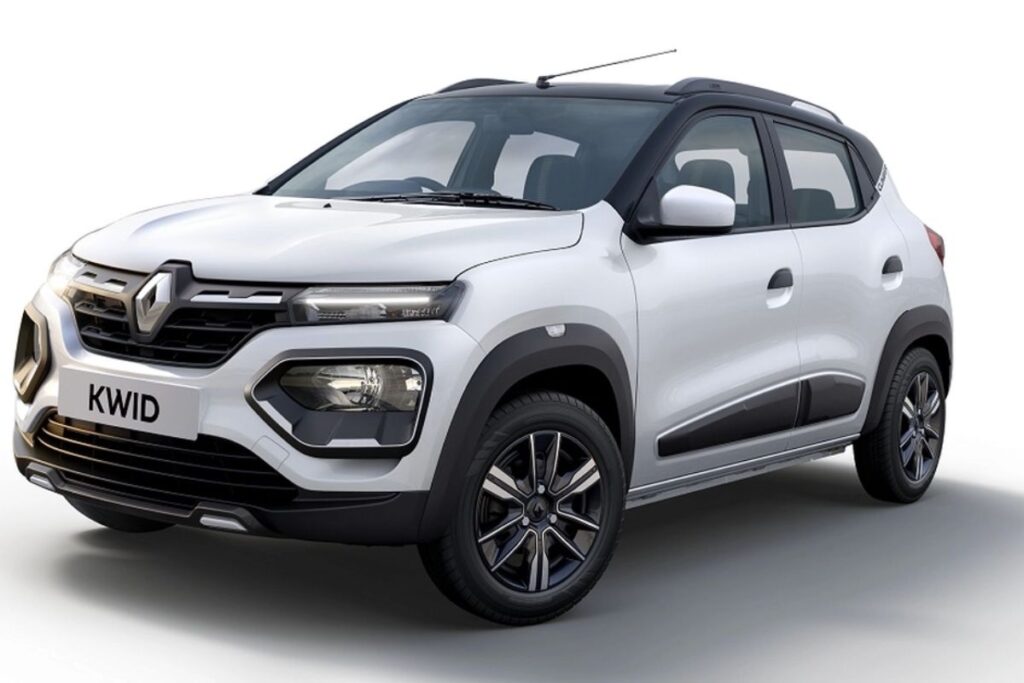Renault’s Kwid model is responsible for much of the company’s success in India. It was the least expensive model produced by the French automaker. Renault has pulled the 800cc Kwid off the market as a result of the implementation of RDE or BS6 phase 2 emission regulations. Renault, like many other manufacturers, decided against updating the engine on the 800cc version to satisfy the new standards since doing so would be too costly. The price and demand for the product would go down if the 800cc engine had to be modified to meet emission standards.
The 800cc Kwid has been removed from the manufacturer’s website. Renault offered two trim levels, the RXL and the RXL(O), for the 0.8-liter Kwid. Renault is no longer offering the 800cc model, but instead only the 1.0-liter model in five different configurations. Three cylinders of the 800cc Kwid’s naturally aspirated gasoline engine produced 52 Bhp and 72 Nm of peak torque. Only a 5-speed manual transmission was available for purchase.

The 999cc three-cylinder naturally aspirated petrol engine of the 1.0-liter Renault Kwid produces 67 Bhp and 91 Nm of peak torque. It may be had with either a 5-speed manual or an optional 5-speed automatic transmission. Maruti, like Renault, has ceased production of its budget-friendly Alto 800 hatchback. The Skoda Octavia car is no longer available on the company’s Indian website, joining the Maruti Suzuki Baleno in being discontinued. Skoda has also announced that it will discontinue sales of the Superb. Honda has also pulled the plug on the Jazz, Honda City (4th generation), and WR-V.
A self-diagnostic system that can track emissions in real time while the car is in motion is mandatory under the new regulations. The catalytic converter and oxygen sensors will be among the components continuously monitored by the system. Nitrogen oxide and other pollutants are measured in real time during the RDE test rather than in a lab. Manufacturers will need to upgrade semiconductors that track throttle and crankshaft positions, air intake pressure, engine temperature, exhaust gas composition, and fuel injector programming in order to make vehicles RDE-compliant.
Renault has started developing the next model of their Duster SUV. It was one of the first little sport utility vehicles on the market, and it sold well. It has been speculated that Renault-new Nissan’s CMF-B platform will form the backbone of the rumored relaunched vehicle. In Spain, a scout discovered what is believed to be a test mule for the next-generation Duster. The SUV was fully disguised and sported a hefty appearance. Images of the SUV now available online suggest that it takes cues from the Bigster concept that the automaker previously displayed. Whether the SUV will debut as a Renault offering or a Dacia one remains to be seen. The original Duster enjoyed tremendous success in the market, and its successor has a good chance of following in its footsteps.
Read More:
- 2023 Volkswagen Tiguan Specifications, Prices and More
- All-New Chevrolet Trax Specifications and More Check Here
- 2023 Ssangyong Tivoli Price, defects, features, specifications and More
- 2023 Changan cars Specifications Check Here with More Details
- Honda City Hybrid is to be launched soon to blast the Indian market

